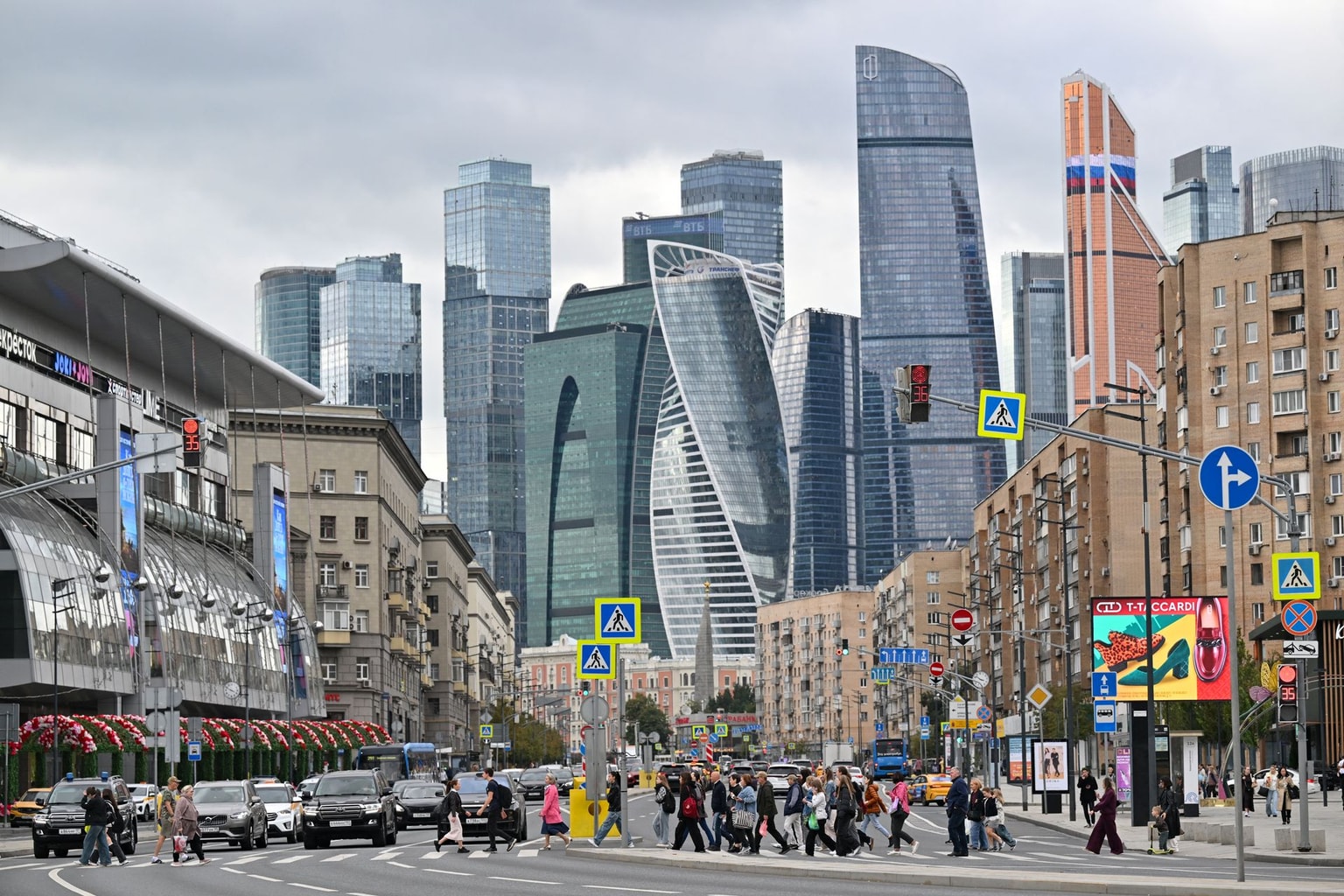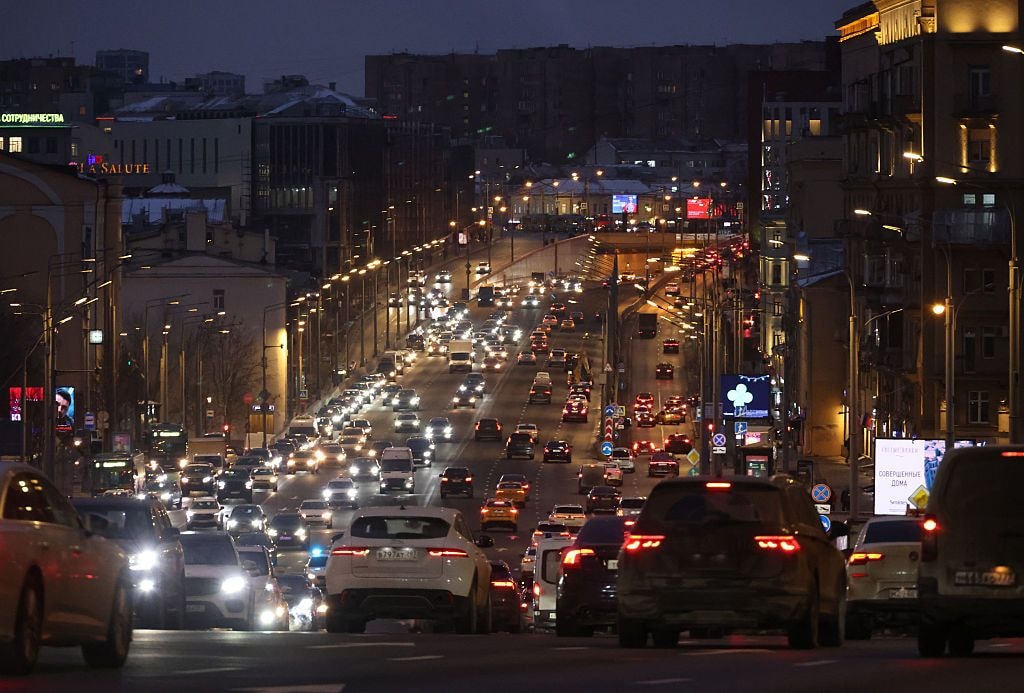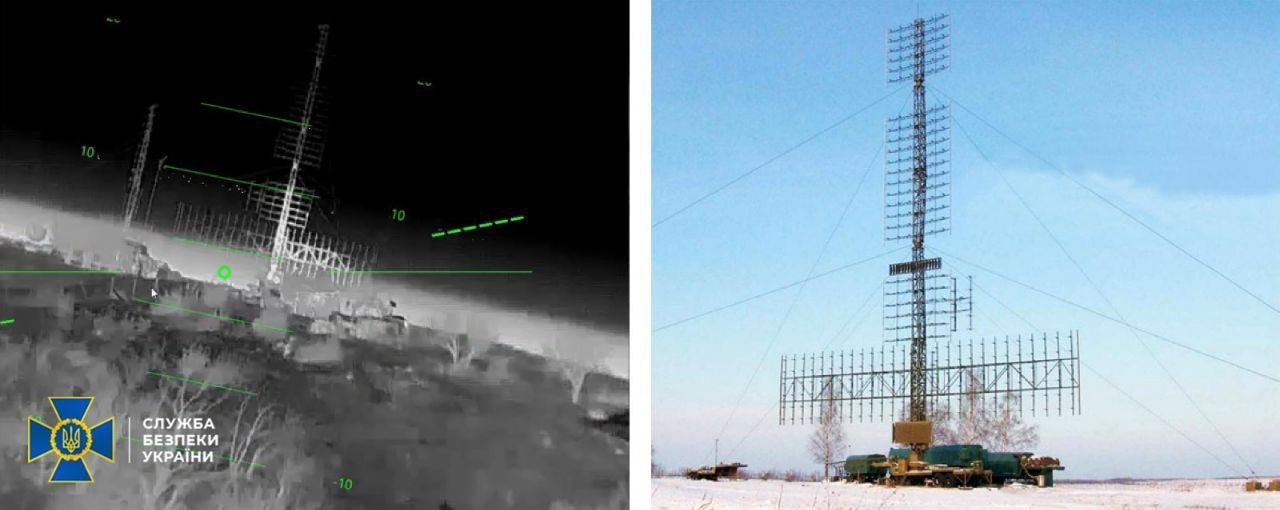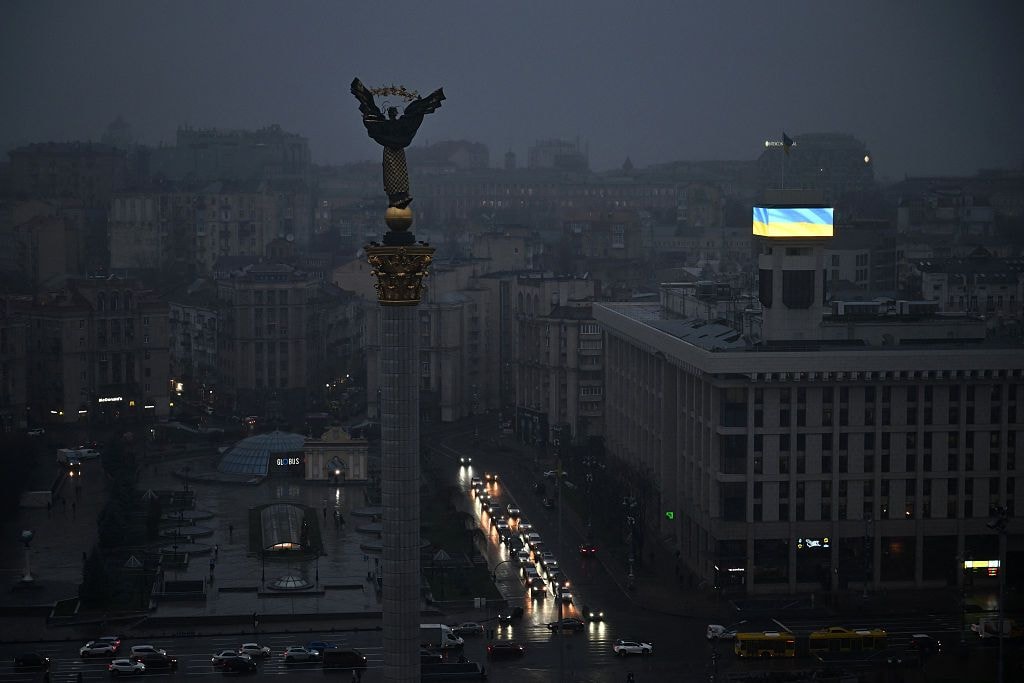Russia considers openly supplying weapons to its proxies occupying eastern Ukraine

Russian authorities have started to openly discuss the possibility of supplying the Russian-led militants in Ukrainian Donbas with weapons.
Andrei Turchak, the general council secretary of United Russia, Russian President Vladimir Putin's party, said on Jan. 26 that Moscow should supply militants with weapons "to deter Kyiv's, clearly planned, military aggression."
Russian Foreign Minister Sergei Lavrov stated that there is a possibility of Russia supplying militants with "certain types of weapons."
These are the first official statements by Russian authorities that discuss sending weapons to the occupied territories in Ukraine, a fact that the Kremlin has been denying throughout the conflict.
The statements come as tensions continue to rise amid Russia's military buildup in what Western and Ukrainian intelligence see as a threat of a large-scale invasion of Ukraine.
Russia's involvement in the war in eastern Ukraine is well known and documented. There is mounting evidence of the fact from numerous sources including observers of the Organization for Security and Co-operation in Europe (OSCE) and open-source intelligence (OSINT) investigators such as Bellingcat.
In November, a Russian court has overtly documented the regular presence of the Russian military in Donbas by publishing documentation in a corruption case against a local company in charge of ration supplies for troops.
Since 2014, Russia has been supplying military equipment and troops to maintain the war it unleashed in Donbas.
The arms deliveries are generally disguised as humanitarian aid, delivered using transport or unmarked military trucks. The OSCE has recorded deliveries of this nature for years, while their observers have been prohibited from investigating the cargo or the storage depots.
On Jan. 26, the Security Service of Ukraine (SBU) has released a report identifying various modern Russian-made weapons, in use by Russian-backed militants in Donbas. Among the weapons were anti-personnel mines banned by the 1997 Ottawa convention and handheld rocket-propelled grenade launchers (RPG-32) Barkas.
Accusing Ukraine of planning to use military force in Donbas is a common narrative spread by Russian politicians and media. Ukraine and its strategic partners have voiced concerns that Russia may use a false-flag attack as justification to invade.
Since November, Russia has elevated tensions on Ukraine's border by massing over 120,000 troops along with tanks, artillery and other military equipment. Additionally, Russia has moved troops and equipment into Belarus, Ukraine's northern neighbor, allegedly for joint training exercises.
In mid-December, Russia published a draft of security guarantees, demanding the U.S. and NATO agree to the terms. This led to several negotiations between Russia and the West throughout January, which have failed to yield any results.
The U.S. and several other nations have partially evacuated embassy staff and advised their citizens to leave Ukraine, citing fears of a Russian invasion. However, the European Union has not followed suit, with Estonia's ambassador to Ukraine, Kaimo Kuusk, stating that Estonia will not evacuate its staff as there’s no need for panic.










